Rodent-related car damage is more prevalent than most people realize, particularly in regions with significant rodent populations or during the winter months when these animals seek warmth and shelter.
Rodent damage to cars is a fairly common occurrence. Expert reports put rodent-related insurance claims as high as 25% of all comprehensive insurance claims.
Rodents damage cars by frequently chewing on wiring, insulation, and plastic parts of vehicles, confusing them for food or materials for nesting. These may lead to costly repairs, depending on the extent of the damage.
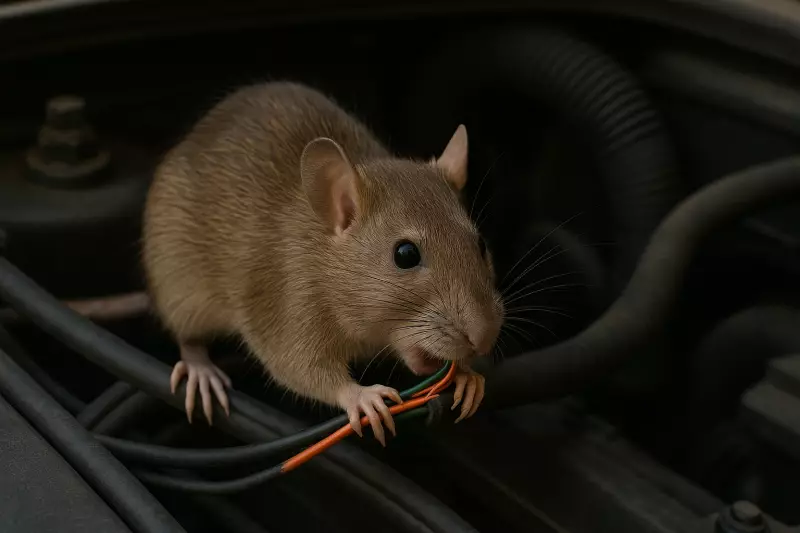
Why Rodents Target Cars?
Rodents often target cars for shelter, warmth, and leftover food, especially during the colder months. For instance, car engines keep heat for a while, even after the vehicle is off, which is particularly true in winter. Mice and rats are attracted to this warmth because it helps them maintain their body temperature and survive in cold environments.
In their quest for warmth, rodents may crawl into engine compartments to nest near warm components, such as the battery or exhaust manifold. This behavior is especially prevalent in the fall and winter when temperatures drop, turning the engine bay into a snug hideout. This may lead to chewing on wires and hoses near the engine, resulting in significant damage.
Additionally, cars provide hidden, safe spaces that protect rodents from predators. The engine compartments, air vents, and trunk areas are dark, enclosed, and seldom disturbed, which makes them perfect for nesting.
Rodents usually build their nests with insulation, paper, or other soft materials they find in or near the vehicle. These nests can block air filters or ventilation systems, and gnawing on wires or plastic parts can result in expensive repairs.
Furthermore, food crumbs, wrappers, or spills in the car can attract rodents seeking a meal. Even tiny bits, like a fallen chip, can catch their attention.
Rodents can sneak into the cabin or trunk through tiny openings. Once they're in, they might chew on wiring while hunting for or stashing food. This not only harms the interior but also makes it more likely for rodents to return, as they associate the car with a food supply.
Additionally, some rodents are attracted to the soy-based insulation used in modern car wiring, mistaking it for food. Manufacturers such as Toyota and Honda have observed this issue, prompting them to create wiring covers that are resistant to rodents.
Common Signs of Rodent Damage in a Car
You can usually spot rodent-related car damage early by looking for sure signs and symptoms. If you catch these problems quickly, you can avoid expensive repairs or safety risks. Discussed below are common signs of rodent damage in a car:
- Chewed wires: When you notice visible damage with bite marks on cables in the engine compartment, under the dashboard, or near the car battery, you may be dealing with a rodent infestation. This may lead to several issues, such as malfunctioning lights, intermittent electrical failures, or even damage to your vehicle's ignition.
- Nest under the hood: When you notice piles of shredded materials tucked into corners of the engine compartment, near the air filter, or behind the battery, you may be dealing with rodents living in your vehicle. Common nesting spots include near the firewall, under the intake manifold, or in HVAC systems, where rodents can enter through vents.
- Offensive smell: If you notice a strong, ammonia-like smell in the cabin or engine area, especially when your heater or AC is running, it may mean that rodents are present in your vehicle.
- Droppings: Rats getting into cars may not happen every day, but when they do, they often leave small, pellet-like feces in the vehicle. Note that rodent feces can carry diseases like hantavirus.
To prevent rodent damage, it is essential to check your vehicle regularly. You can begin by opening the hood and inspecting it for signs every week, particularly if the car is parked outside or in a garage near areas where rodents are likely to live.
You should also search for possible entry points. Any opening as small as 1/4 inch around vents, door seals, or undercarriage areas is sufficient for rodents to enter.
Keep an eye on dashboard warning lights or any strange behavior from the vehicle, as these could signal electrical or mechanical issues caused by rodents.
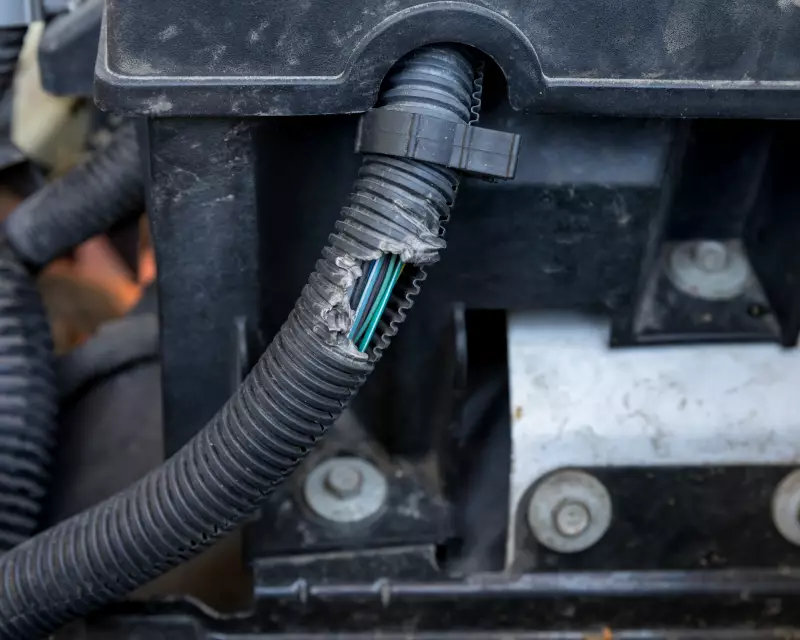
How To Prevent Rodent Damage to Your Vehicle?
To keep rodents from damaging your car, you need to eliminate things that attract them, block their access, and use deterrents. Here are some easy tips to safeguard your vehicle from these pests:
- Keep Your Car Clean: Be sure to remove any food crumbs, wrappers, or spills from the cabin and trunk. Avoid storing groceries or pet food in your car, as even small amounts can attract rodents. Do not forget to clean under the seats, in the glove compartment, and in other spots where crumbs might gather.
- Park Smart: Avoid parking in risky spots, such as areas with tall grass, bushes, trash bins, or places where rodents are likely to reside.
- Move Your Car Often: Rodents love undisturbed vehicles. Make it a point to drive or shift your car every few days to keep them from nesting.
- Block Access Points: Always look for tiny gaps, even as small as 1/4 inch, around vents, door seals, or the undercarriage. Seal these gaps with steel wool or rodent-proof mesh. Ensure all windows are completely shut, and do not leave sunroofs or vents open, as rodents can sneak in through these openings.
- Protect Wiring: Use rodent-resistant tape or split loom tubing to shield exposed wires, particularly in the engine bay.
- Use Rodent Deterrents: You can use either natural or chemical deterrents to keep rodents away. Natural options, such as cotton balls soaked in peppermint oil or cayenne pepper, work well to deter rodents from entering your car. Alternatively, there are rodent-repellent sprays specifically designed for vehicles, but be sure to follow the instructions carefully to prevent any damage to your car’s parts. Additionally, consider installing battery-powered ultrasonic repellents in your garage or under the hood to deter pests. These devices emit high-frequency sounds that help keep rodents at bay.
- Maintain the Engine Bay: Check under the hood every week for droppings, nests, or chew marks. Use a flashlight to look into dark areas near the battery, air filter, or wiring.
What To Do If You Find Rodent Damage?
If you find evidence of rodent damage in your vehicle, it is essential to act quickly and carefully to prevent further harm, ensure safety, and facilitate effective repairs.
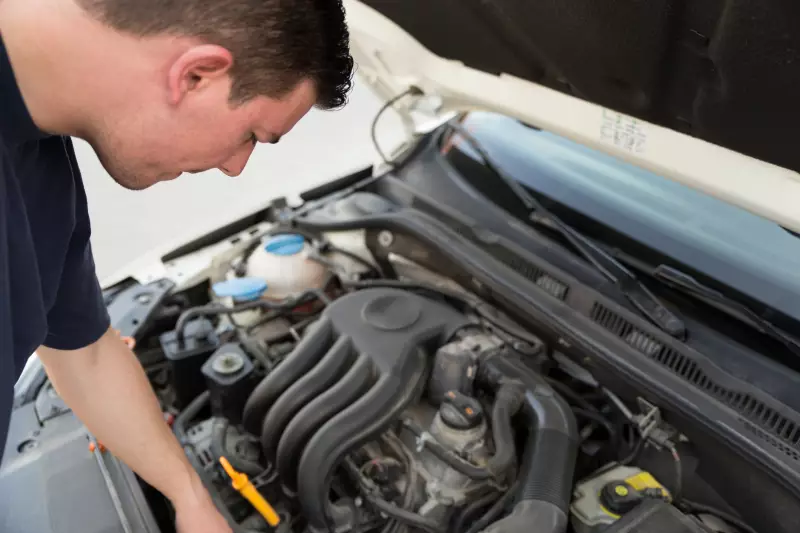
You can handle minor issues like bad smells and droppings on your own, but for bigger problems, it's best to call in the pros to ensure nothing in your vehicle's system has been compromised.
As soon as you suspect rodents have caused damage to your vehicle, please take it to a reliable mechanic or dealership for a thorough inspection. These professionals will be able to spot any hidden issues in your car. These experts also pay close attention to essential systems, such as fuel lines, brake lines, and electrical components, to ensure your car is safe to drive.
Finally, it is essential to note that comprehensive auto insurance typically includes coverage for damage caused by rodents; however, deductibles, which usually range from $500 to $1,000, apply, and making multiple claims may result in increased premiums.


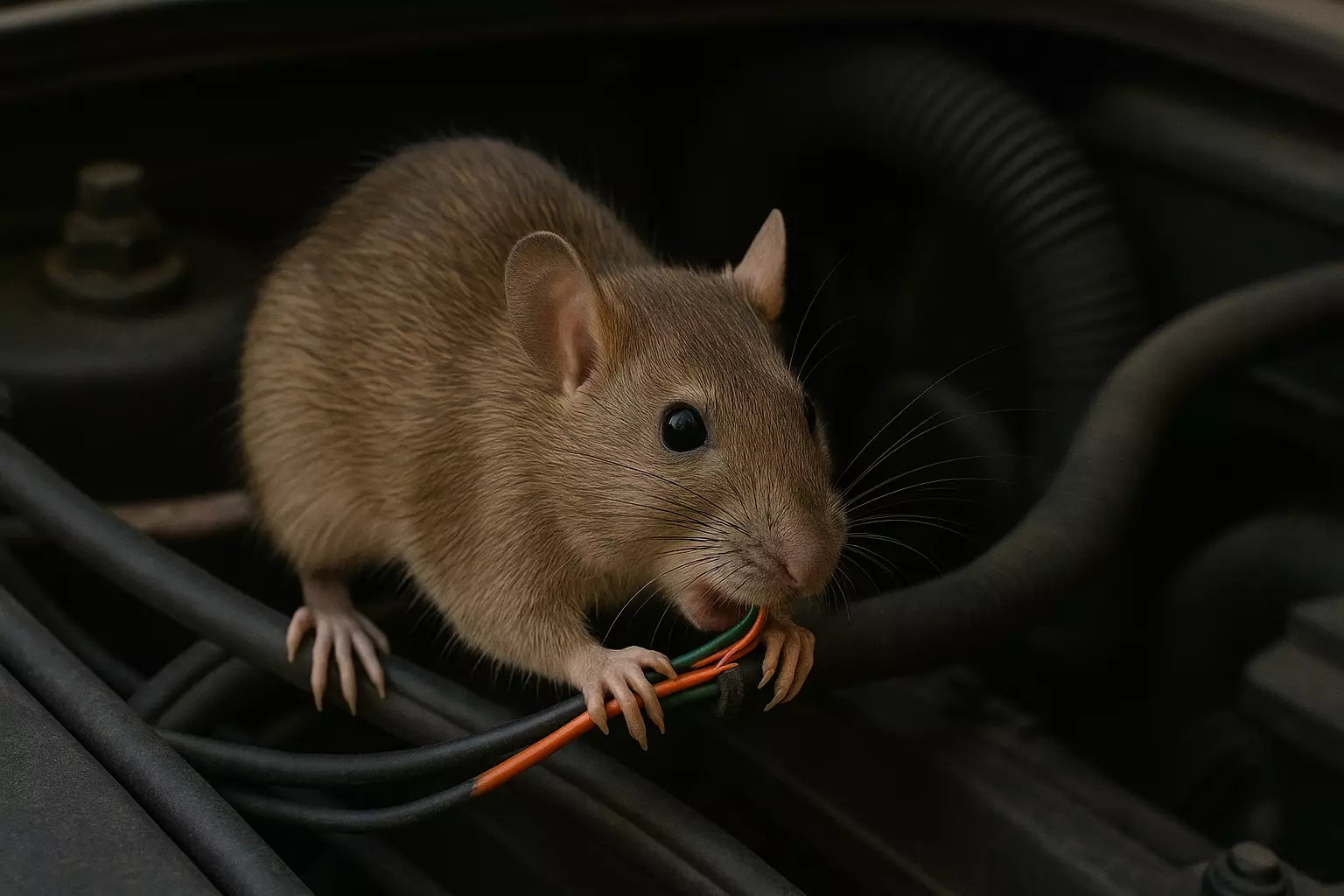




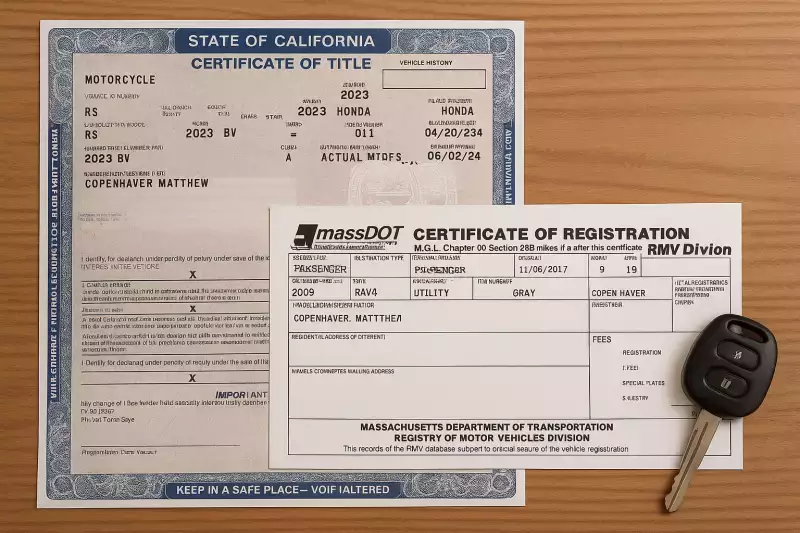
![Best Sites to Check a Car’s History [2025 Review]](https://media.infopay.net/thumbnails/K8lMeG2QLjE46LPqZlmoi6SunKKdT5qvlaRZk6e1.webp)









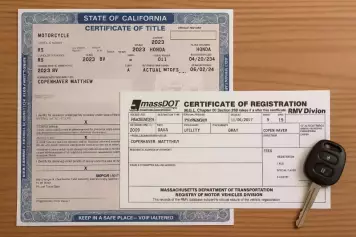
![Best Sites to Check a Car’s History [2025 Review]](https://media.infopay.net/thumbnails/K8lMeG2QLjE46LPqZlmoi6SunKKdT5qvlaRZk6e1-w356.webp)
